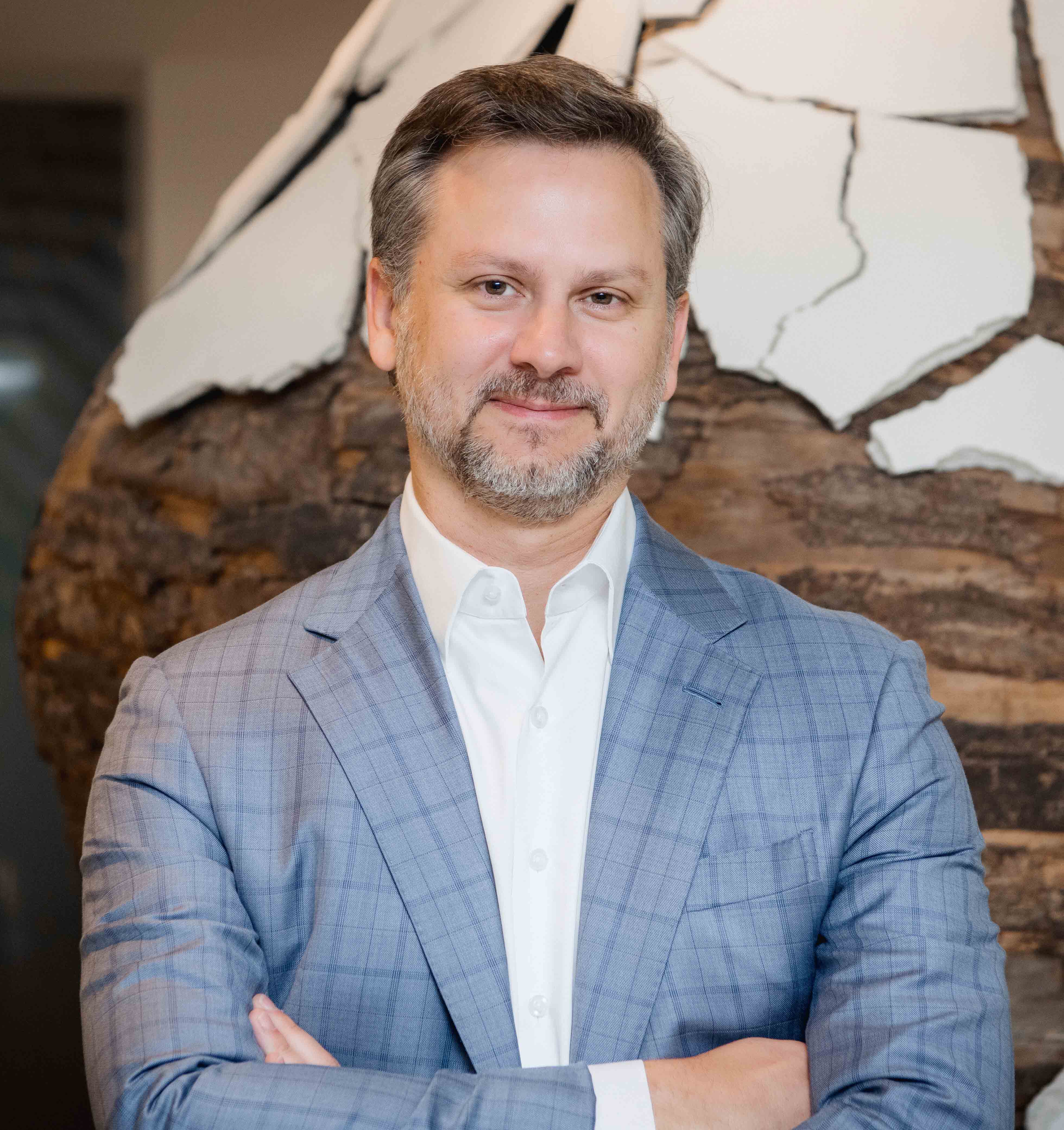Global oil demand will begin to peak in the 2030s. Nearer term, Saudi Arabia’s going to give up on supply cuts beginning in the second half of 2024.
“We were talking about ‘peak supply’ 20 years ago pre-shale,” Marshall noted. “And now the big talk is ‘When does demand peak?’” Ben Marshall, Americas president and CEO of international trader Vitol, told oil producers, financiers and investors on Jan. 17 at the annual Private Capital Conference in Houston hosted by the Independent Petroleum Association of America (IPAA).

Vitol’s analysis shows it will begin “kind of in the early 2030s,” Marshall said. But, he added, it’s important to see where it will peak and which hydrocarbon products. These “are all very different.”
In the West, “any way you look at it, the Western world is going to be declining in hydrocarbon demand.” That’s not in energy demand overall, but in hydrocarbon demand, he added.
“The rest of the world is still going to be growing and we still think it's going to be growing for the next 10 [to] 15 years,” he said.
When looking at Vitol projections through 2038, “you actually still have the same level of hydrocarbon demand as you do in 2023. So we see it growing for a while, but we see it tailing for a while too.”
What the shape of the tail looks like is something the world will have “to grapple with,” he added.
So why would Vitol continue to invest in hydrocarbons? Marshall said the Swiss energy and commodities company sees growth for a while “and even when it tails, it's going to take a long time to really drift off again.”
One unknown is the pace of uptake of alternative energies. It’s “a challenging thing to project at this time.”
But it’s become clear already that the energy transition is “a lot harder than many realized or perhaps wanted it to be,” he said.
Where Vitol sees an opportunity is in how much money is being invested (or not invested) “to produce hydrocarbons, and what the actual real demand for hydrocarbons is going to be for some time.”
Among Vitol’s investments worldwide, such as Pakistan’s largest used-car dealership, it funded Midland Basin-focused Vencer Energy in 2020 and sold it to Civitas Resources for $2.1 billion in 2023.
Its newer start-up is Delaware Basin-focused VTX Energy, funded in 2022.
Marshall told oil and gas producers on Jan. 17 that Vitol is “very happy with the investments that we made and looking to do more.”
Saudi cuts cutback 2H24
As for Saudi-led OPEC+ cuts, “we know it's bringing a lot of financial duress to Saudi Arabia and there's a lot of frustration inside of Saudi Arabia because … they're the only ones really abiding by their quota.”
Vitol expects the Saudis to give up after this June. “The market is really just being held up by the Saudis.”
Either oil reaches more than $80/bbl or more—what the Saudi government needs to fund itself—or “the Saudis are going to start to lose patience.”
Brent’s mid-$70s “does not fund their dreams, fund their plans, fund their vision,” he said.
Saudi Arabia also isn’t making any money on the 2 MMbbl/d in production it has curtailed. “When [the Saudis] reach a breaking point, we know what they can do … just flood the market.”
That’s unlikely, “but their frustration is growing higher and higher by the day because the current situation doesn't work for them. The prices are $10 to $15 lower than they really need and they're the guys that are also taking big haircuts.”
The situation was seemingly inevitable, Marshall added. The “voluntary cuts” that began in fourth-quarter 2022, “you can almost dismiss them out of hand.”
OPEC members aren't complying. “People weren't abiding by their ‘obligatory’ cuts. We sure as heck aren't going to abide by voluntary cuts.”
Meanwhile, Russia’s production is unchanged—even under sanctions, he said. “They’ve been exporting the exact same amount of crude as before,” Marshall said.
An alliance is at work among Russia, China and Iran, he added.
“There’s a divide growing politically that's part of the energy sector as well, which is kind of North, South and East versus West. And it's just growing deeper and deeper.”
Recommended Reading
For Sale, Again: Oily Northern Midland’s HighPeak Energy
2024-03-08 - The E&P is looking to hitch a ride on heated, renewed Permian Basin M&A.
E&P Highlights: Feb. 26, 2024
2024-02-26 - Here’s a roundup of the latest E&P headlines, including interest in some projects changing hands and new contract awards.
Gibson, SOGDC to Develop Oil, Gas Facilities at Industrial Park in Malaysia
2024-02-14 - Sabah Oil & Gas Development Corp. says its collaboration with Gibson Shipbrokers will unlock energy availability for domestic and international markets.
E&P Highlights: Feb. 16, 2024
2024-02-19 - From the mobile offshore production unit arriving at the Nong Yao Field offshore Thailand to approval for the Castorone vessel to resume operations, below is a compilation of the latest headlines in the E&P space.
TotalEnergies Acquires Eagle Ford Interest, Ups Texas NatGas Production
2024-04-08 - TotalEnergies’ 20% interest in the Eagle Ford’s Dorado Field will increase its natural gas production in Texas by 50 MMcf/d in 2024.






